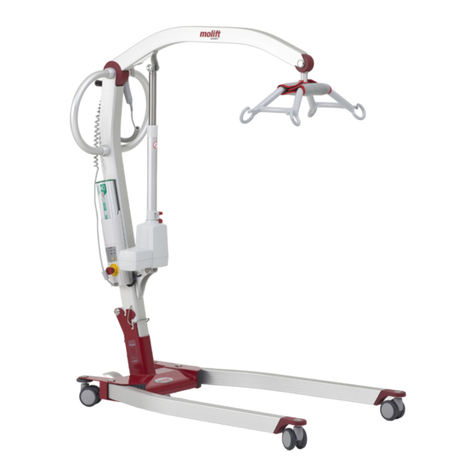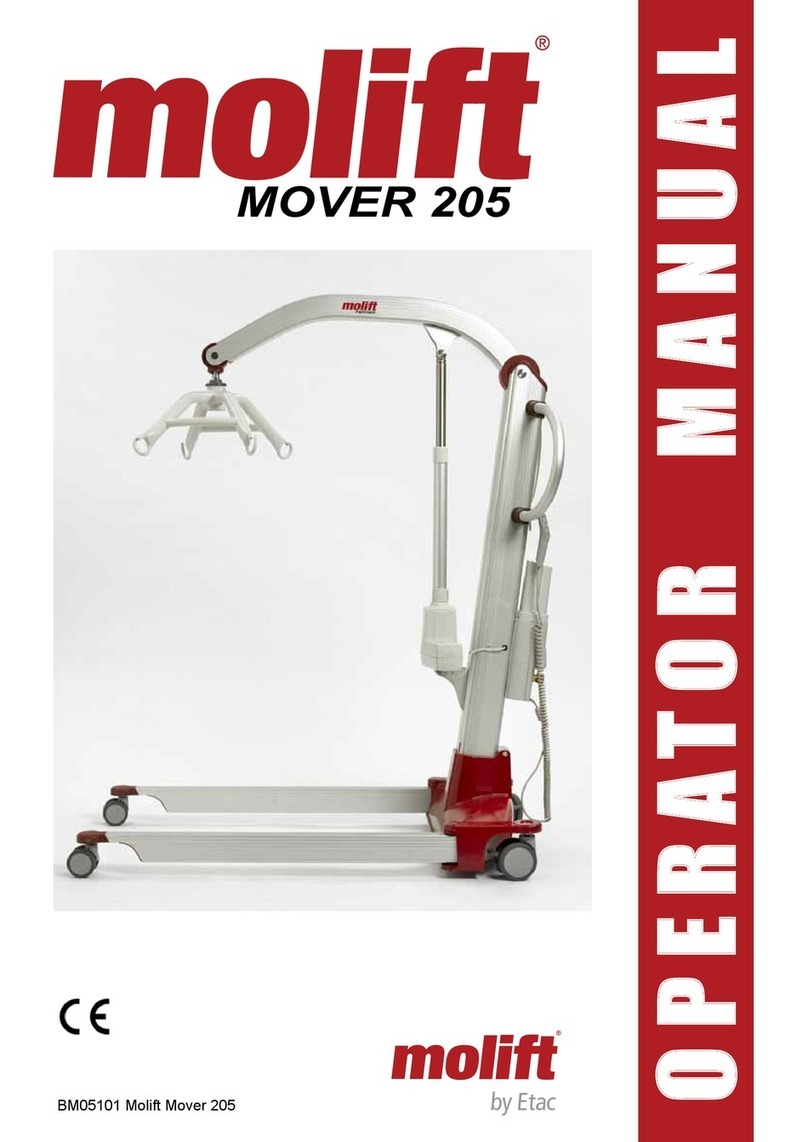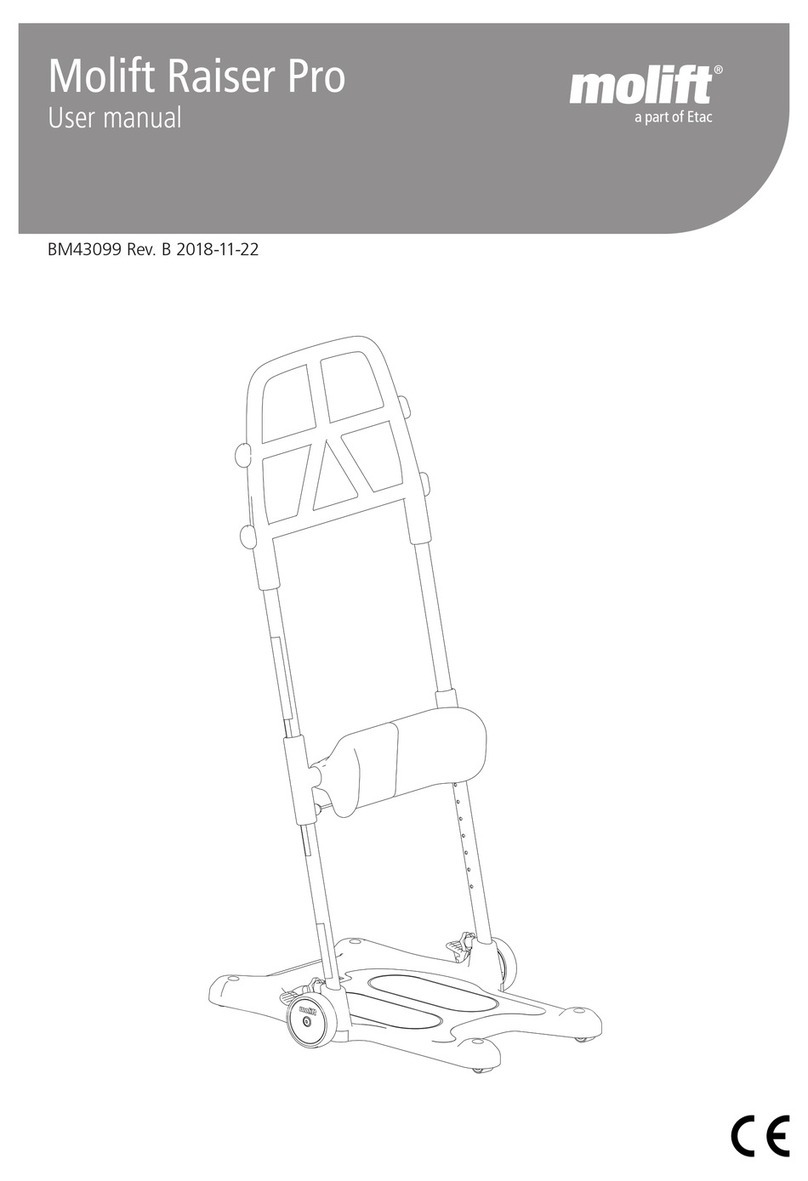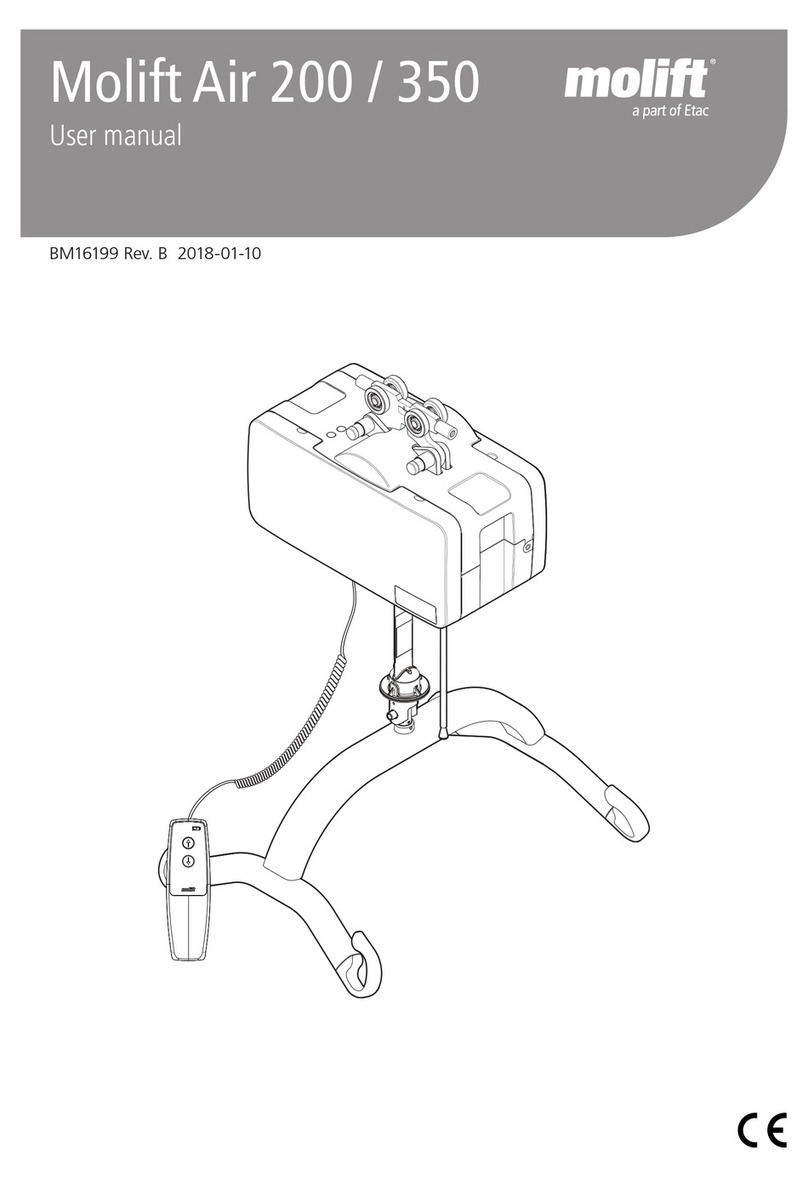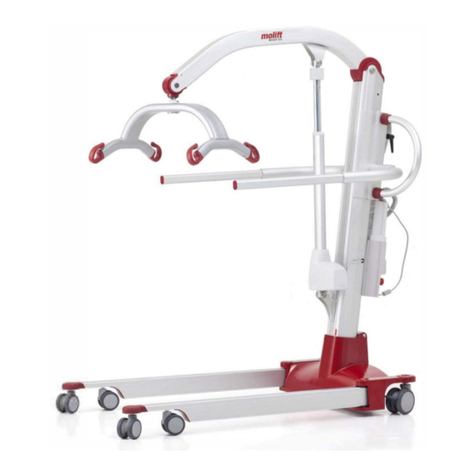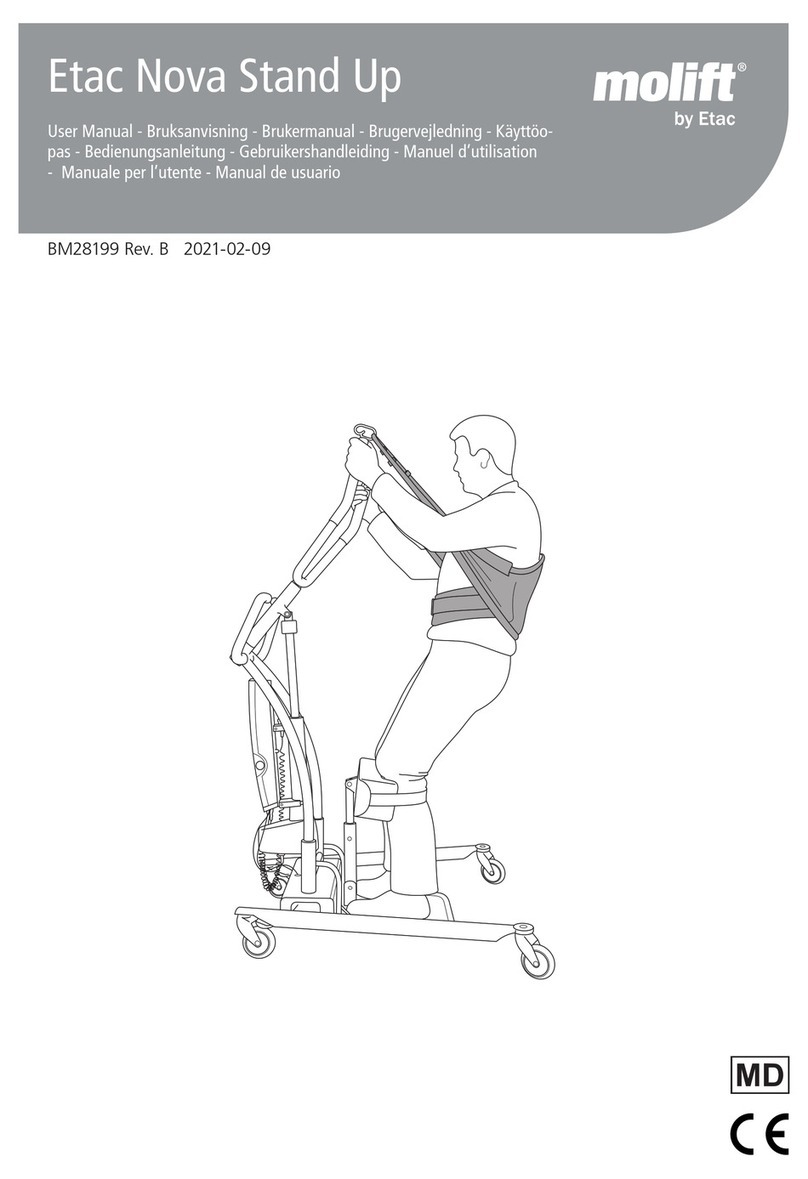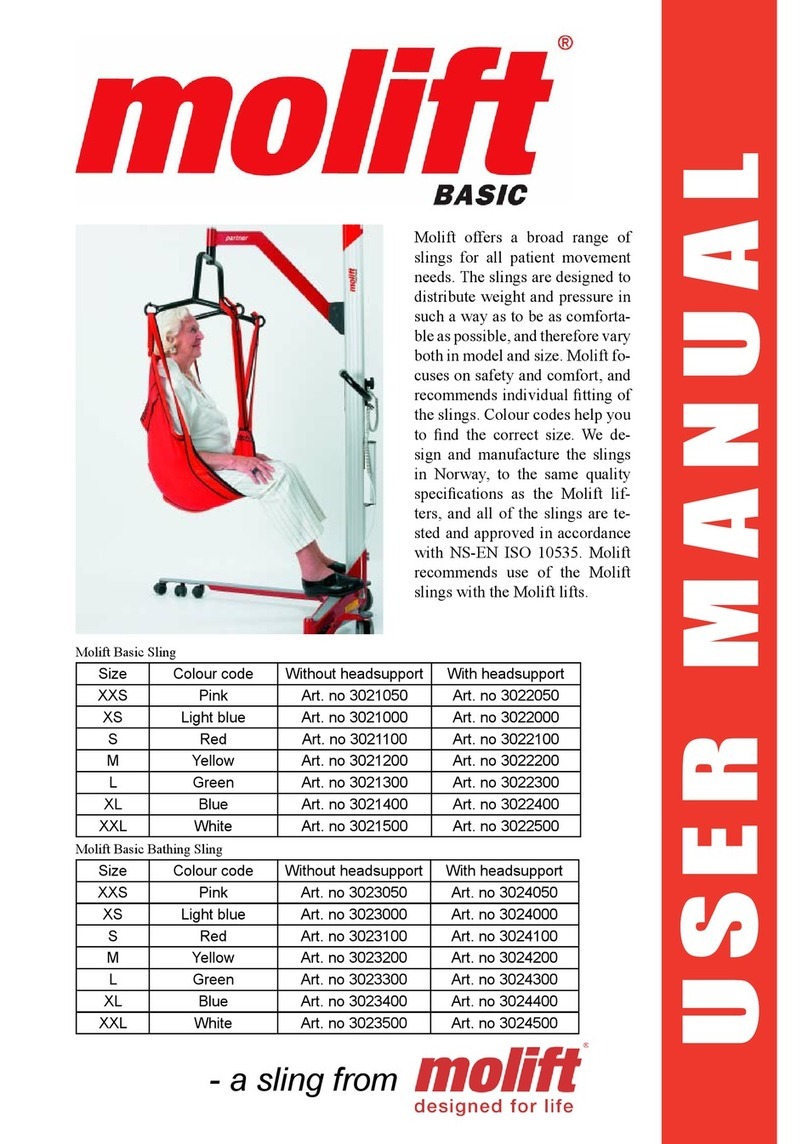
Page 3 of 24
General advice
This user manual contains important safety instruc-
tions and information regarding the use of the lifter.
Carefully read the manual before using the lifter in
order to be familiar in the function and use of the
lifter.
Explanation of symbols
This symbol is used to point out instructions
and information related to work place safety
where injury may occur if the information is
disregarded or ignored. Follow these instruc-
tions, be careful and attentive at all times.
This symbol indicates important information
regarding the use of the equipment. If not
taken into consideration, it may lead to dam-
age or functional defects to the lifter or other
equipment.
This symbol indicates important and useful
information. If taken into consideration, it
will help the operator of the lifter to work ef-
ficiently. It may help simplify routines and to
explain complicated facts.
Before using the patient lifter
Before using a patient lifter, the operator must be
trained accordingly. Practice lifting a colleague, and
be lifted by others. It is important not only to know
how to move another person using the lifter, but also
how it is to be lifted. Try out and practice using all
the relevant slings for the different types of lifter and
movement you may encounter. Before lifting a per-
son, you should explain the procedure.
When using the lifter, it’s also important to use the
correct sling and accessories according to:
• type of disability
• size
• weight
• type of movement
Responsibility
Please read these operating instructions carefully
before putting the product into operation. We as-
sume no liability for damage or malfunctions re-
sulting from failure to comply with the instruc-
tions. Warranty claims must be made immediately
on detecting the defect. Remember to quote the se-
rial number. Consumable parts are not subject to the
warranty.
All technical information, data and instructions for
operation contained in these operating instructions
were up-to-date at time of print and are compiled
on the basis of our experience and to the best of our
knowledge. We reserve the right to incorporate tech-
nical modications within the scope of further de-
velopment of the product described in this manual.
No claims can be derived from the information, il-
lustrations or descriptions contained in these in-
structions. We assume no liability for any damage or
malfunction caused by operating errors, non-com-
pliance with these operating instructions or inappro-
priate maintenance. We expressly point out that only
genuine Molift AS spare parts and accessories ap-
proved by us may be used. For safety reasons, the
tting and use of spare parts or accessories, which
have not been approved, and unauthorised modi-
cation or conversion of the product, are not permit-
ted. Molift AS will accept no liability for damages
resulting from such acts.
With the exclusion of product liability, Molift AS
is liable for faults or omissions on its part within
the scope of the warranty obligations stated in the
purchase contract. Claims for damages are exclud-
ed, irrespective of the legal reason from which such
claims are derived. Only documentation belonging
to the actual equipment is valid.
Any failure to comply with the safety regulations
and precautionary measures stated in these operat-
ing instructions renders the declaration of conform-
ity supplied with the system in accordance with
Council Directive (93/42/EEC) concerning medical
devices invalid.
